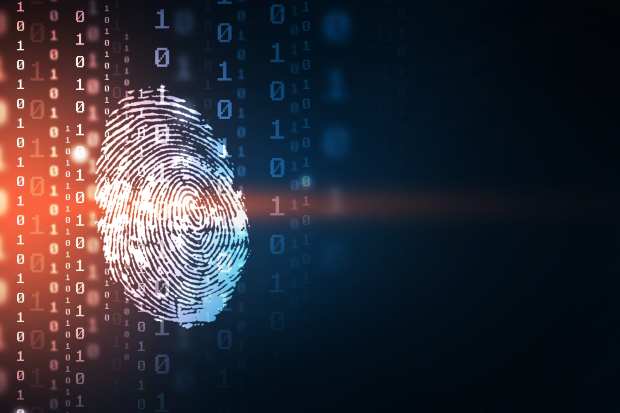Can Digital Privacy Go Too Far?

Digital identity verification can come with privacy concerns. Using facial recognition technology and other biometric data is still controversial, but privacy concerns can also swing in the other direction.
Last week, Facebook came under scrutiny from U.S. Attorney General William Barr because the social media platform’s plans to encrypt messages on Messenger, WhatsApp and Instagram might be too private. The fear is that encryption could enable criminal activity.
There’s no question that the identity verification market is growing. It’s expected to reach $12.8 billion by 2024, while the biometrics market is projected to reach more than $59 billion by 2025.
The latest Digital Identity Tracker explores the latest developments in the world of digital IDs, new biometric verification methods, and how digital ID initiatives are being implemented around the world.
Privacy and Security Concerns
This year, global security concern remains at the highest level in 13 years of the Unisys Security Index.
Even so, not everyone is enamored of using fingerprints, faces and other unique biometric traits to verify ID. Earlier this year, San Francisco officials voted to prohibit the use of facial recognition technology by city workers. The rule also called on city agencies to submit their policies for surveillance technology so the public could look at them.
These privacy concerns aren’t necessarily unfounded, considering recent cases that add fuel to the skeptics’ fire.
Last month, a lawsuit was filed claiming that online video platform Vimeo collected and stored facial biometrics from videos and pictures uploaded to the platform’s video editing application. Theme park company Six Flags also got into hot water with a claim that it collected a teenager’s fingerprints without consent.
Biometric Innovations
None of this has stopped biometrics innovation, though.
Technology provider Hitachi recently launched a new biometrics system that leverages hand biometrics to verify users’ identities. It uses a sensor to trace the veins in users’ hands, then analyzes patterns in the veins and matches them to a database to confirm authenticity.
Veins have nothing on ears, apparently. A new biometric tool called EarEcho has been developed to authenticate smartphone users via modified wireless earbuds that can detect individuals’ ear canals.
Another innovation comes from platform developer Airside Mobile, which recently debuted a new digital ID service for the travel industry that leverages biometric authentication. Users can upload passport information to the AirsideX app, then use facial recognition booths to match identities with stored information that the app deletes after confirmation.
Consumer Perception
While it might seem like consumers are blindly skeptical of biometrics, there are use cases for which consumers are more amenable.
According to a recent survey, 81 percent of Americans said they are comfortable with using biometrics to confirm their identities in airports — like with the Airside Mobile example above — because of both convenience and safety from terrorism.
Specifically, 42 percent said they’re open to biometrics because they think it’ll make flights safer and help with terrorism prevention, 35 percent said biometrics are more reliable than legacy forms of identification like licenses, 33 percent believe authorities should know the people in airports at all times and 32 percent would support the tech if it got them through the airport faster.
Of the 20 percent of respondents who said they are not willing to share biometric data with airports or the government, the majority said it’s because they do not trust the government or airports to possess their data.
Of course, different regions and countries have different concerns when it comes to biometrics and privacy.
Frost & Sullivan recently found that the Asia-Pacific biometrics market is set to reach $21.2 billion by 2025, a marked jump from today’s estimation of $5.4 billion. This growth is due to the proliferation of mobile devices, which have driven manufacturers to incorporate biometric verification measures in their designs.
Case in point, Singapore developed a national digital identity (NDI) system in 2014, which was integrated into the SingPass Mobile app, which enables users to access government services via fingerprint scans, facial recognition, QR codes and software tokens.
Alipay will soon add beauty filters to its facial-recognition payment systems in China. The initiative called “Smile to Pay” was developed after a poll showed that 60 percent of Chinese consumers felt ugly when they scanned their faces into facial recognition technology.
